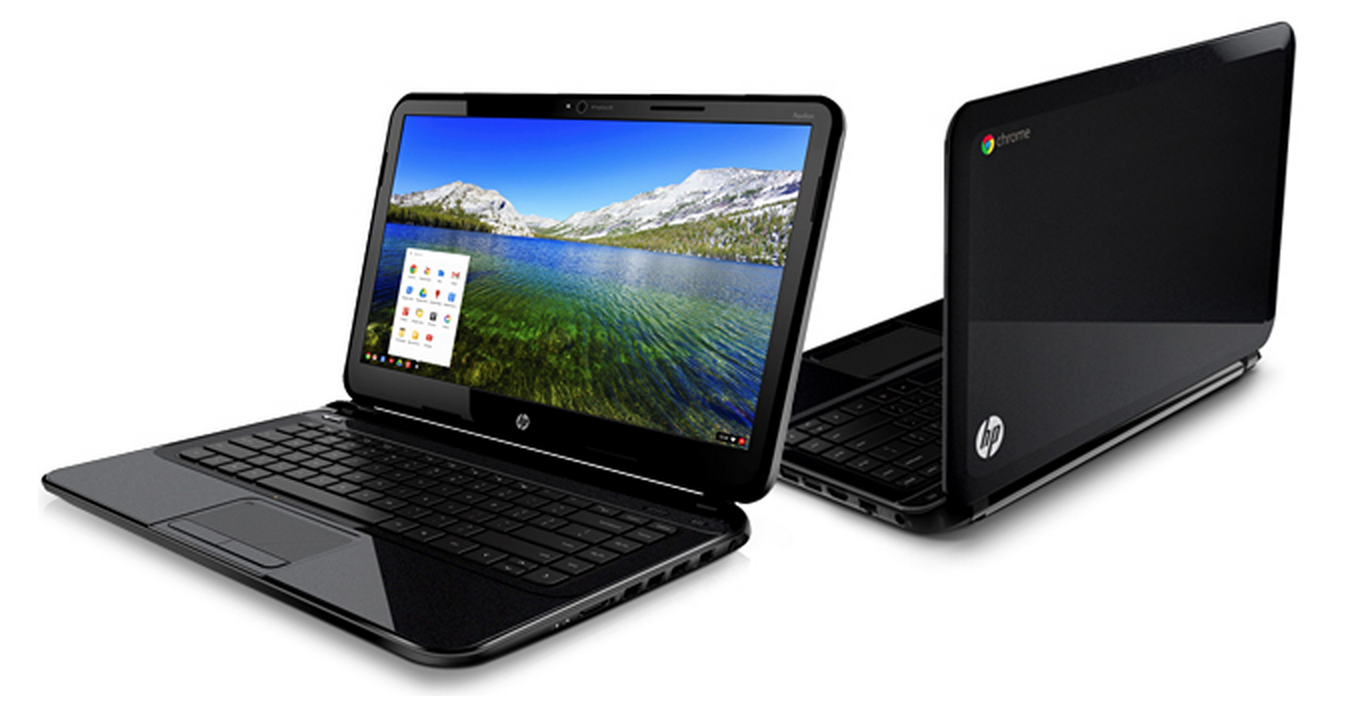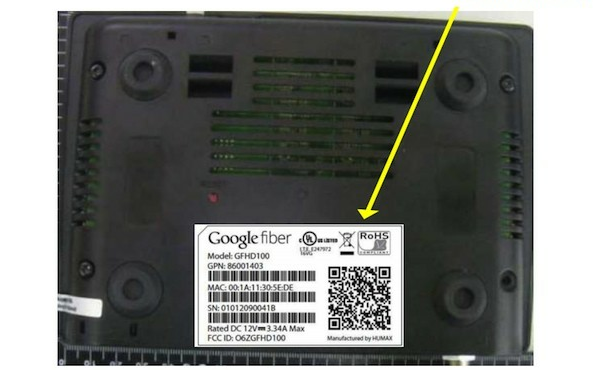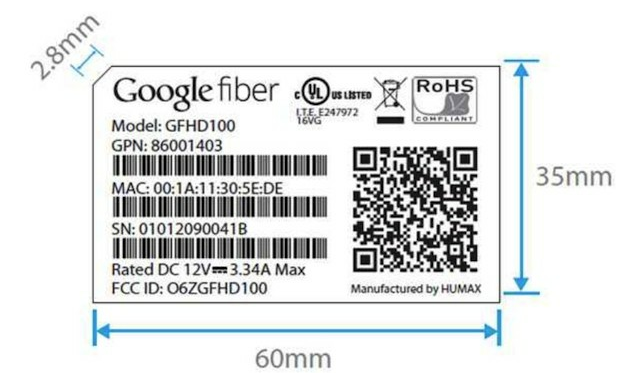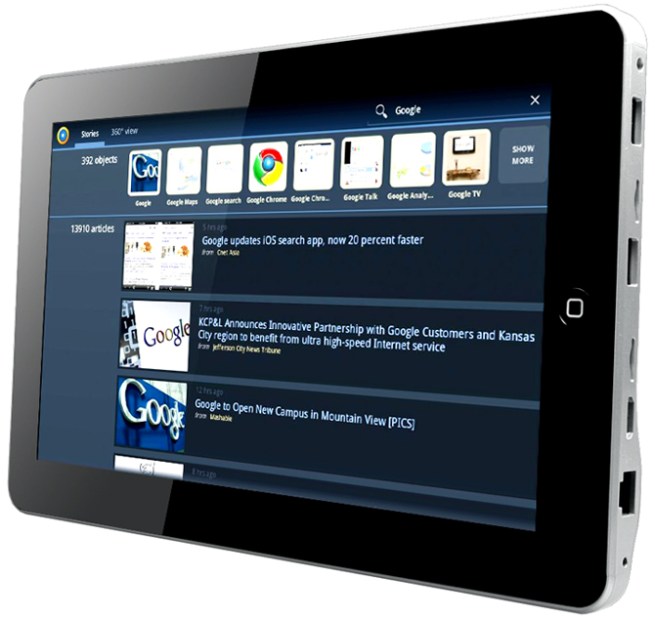
We posted a leaked spec sheet late last month that showed off what appeared to be an upcoming 14-inch Chromebook from HP. HP has officially announced the new Chromebook today. While it might have a 14-inch display two inches wider than any other Chromebook, it also happens to be more expensive than Samsung’s latest offering at $329. That’s significantly more than Samsung’s latest $249 model.
HP offered up full specs on the device that is available to order through the company’s website now. Not only is the HP Pavilion 14-c01us Chromebook more expensive, it’s also heavier than Samsung’s offering at 4lbs compared to 2.5lbs. Battery life is unfortunately the same story with an approximate 4.25 hours quoted compared to the 6.5 hours Samsung’s Chromebook offers. If you can get past that, the new HP device packs in a 14-inch diagonal HD BrightView LED-backlit (1,366-by-768-pixel), 1.1GHz Intel Celeron 847 processor, 2GB of RAM, 16GB SATA SSD, HDMI, USB 2.0, as well as an Ethernet port.
The Samsung Chromebook has been the top-selling laptop on Amazon since it launched; Acer reported that Chromebooks make up 5-10% of US shipments; and in the first two months of 2013 Google announced two new devices from two new partners, Lenovo and HP. In the Enterprise, Google just announced 2,000 schools have deployed Chromebooks and businesses like Kaplan, Dillard’s and Quality Distribution are using Chrome devices as well.
HP’s hoping consumers will opt for the larger display, keyboard, and additional ports for the extra $80, but we’re not too excited about the battery life.
00






